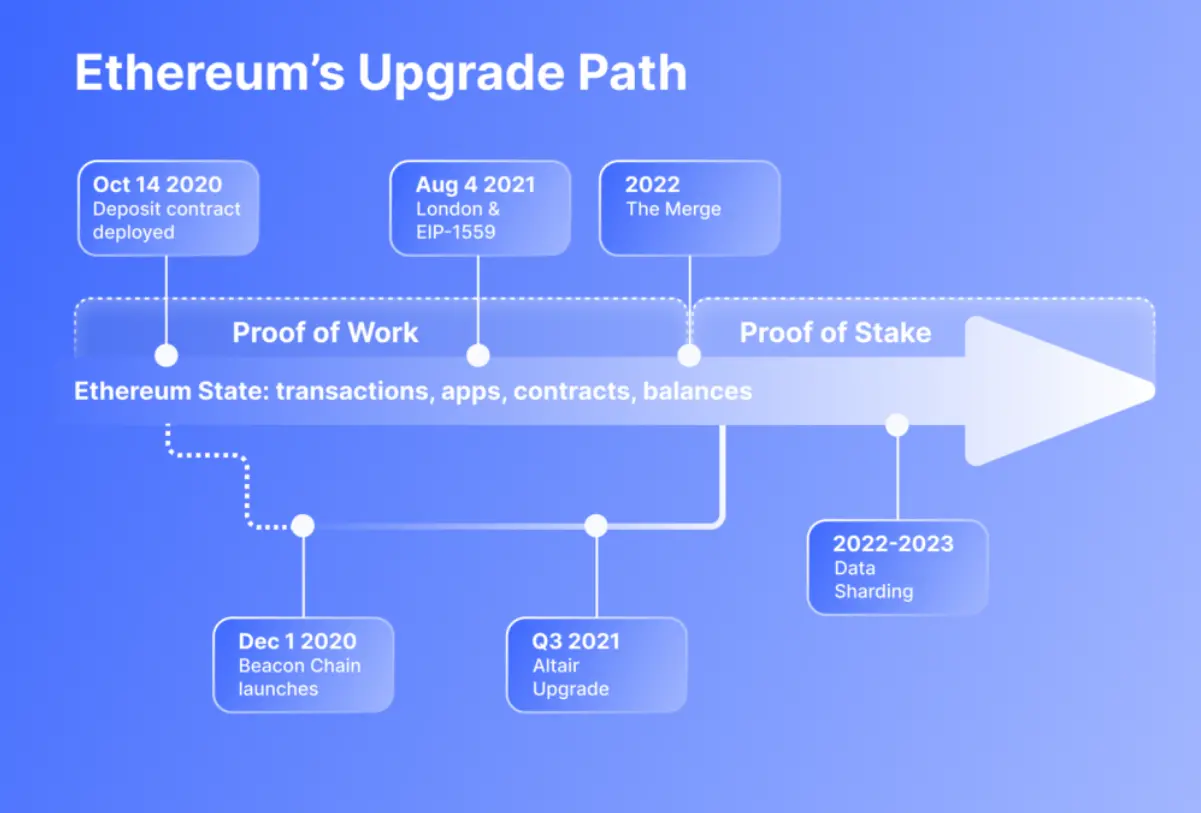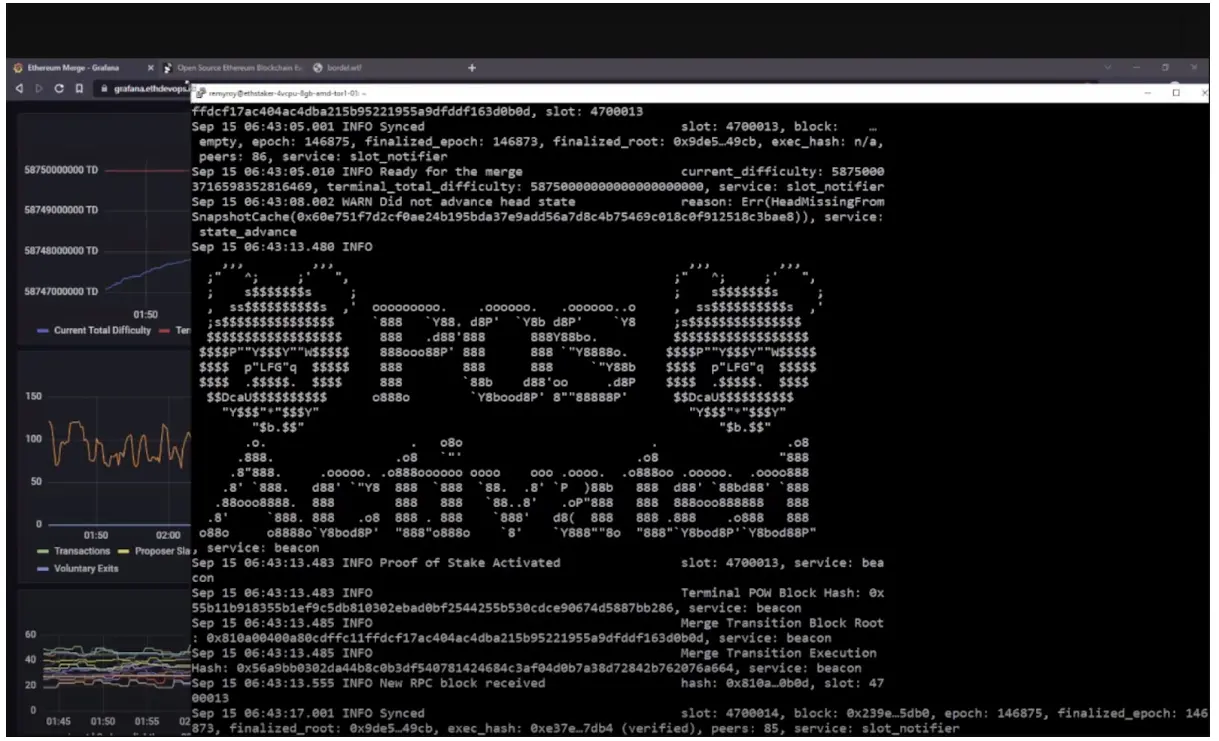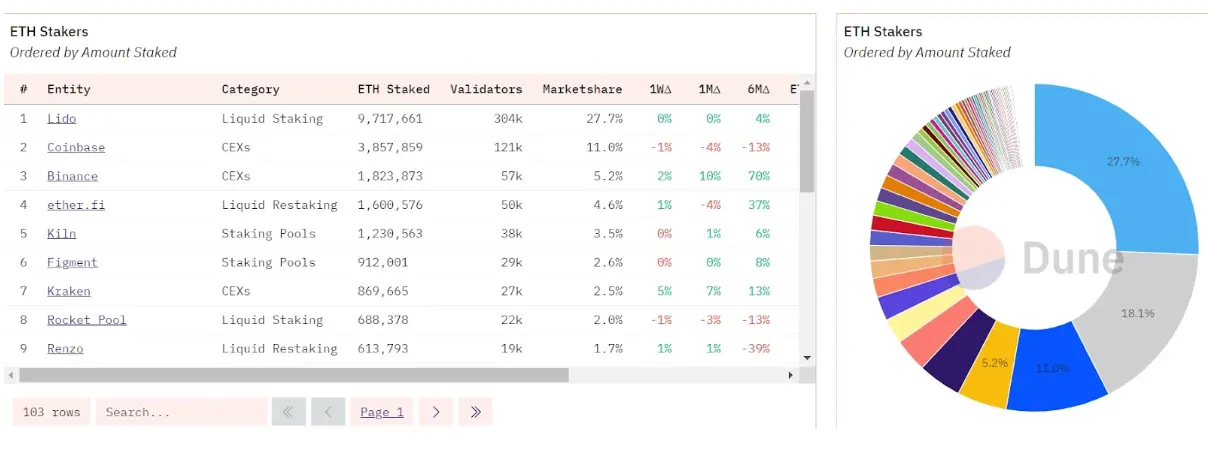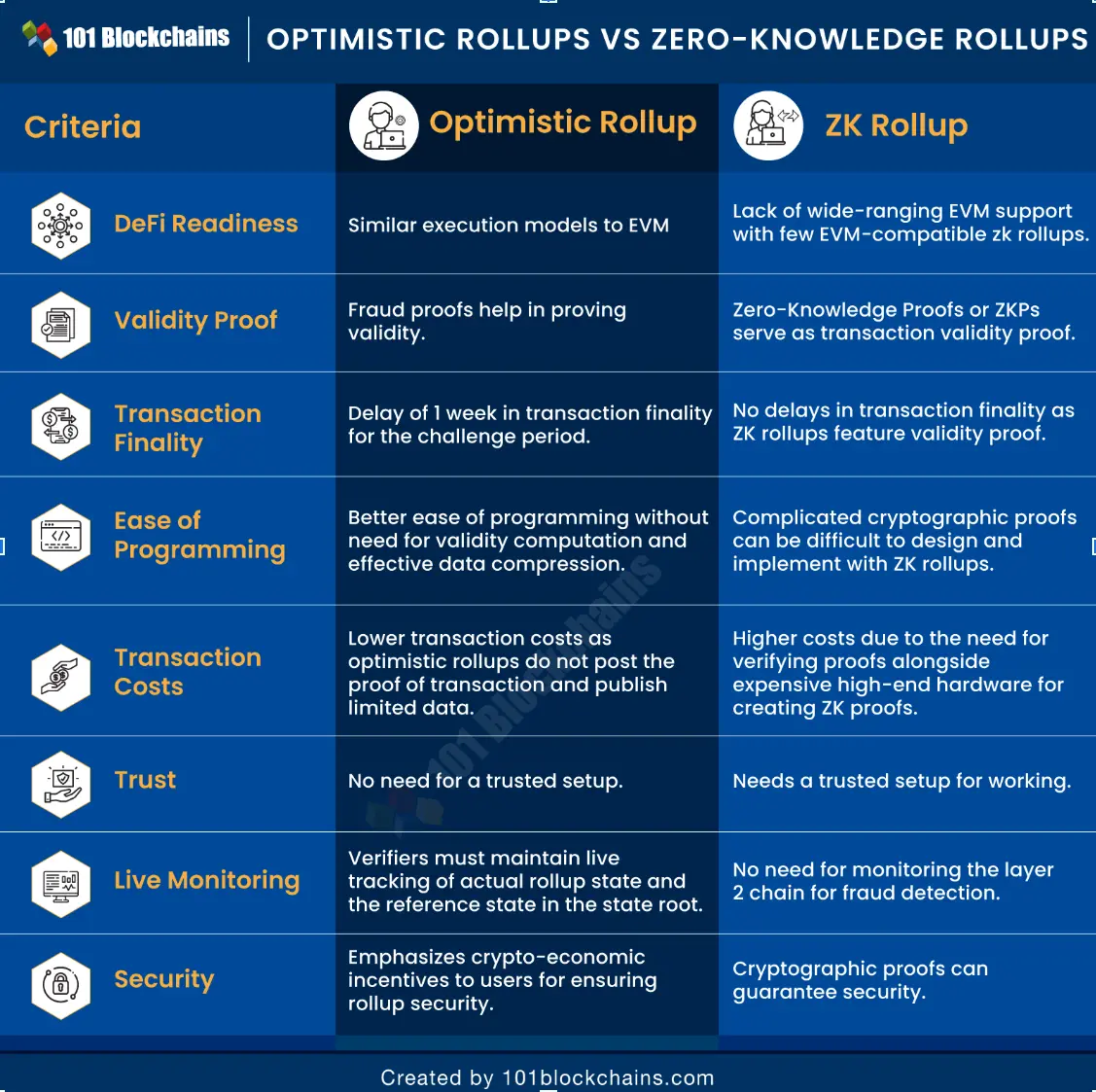Since its proposal by Vitalik Buterin in 2013, Ethereum has undergone several significant developments. Initially based on the PoW (Proof of Work) mechanism, its design allowed miners to earn rewards by consuming computational power. However, the high energy consumption and transaction speed bottlenecks of PoW prompted Ethereum to gradually shift towards a Proof of Stake (PoS) mechanism, launching a series of improvements including The Merge, the Shanghai upgrade, and the Cancun upgrade. The core goals of these upgrades are to enhance network efficiency, reduce energy consumption and gas fees, and make the Ethereum ecosystem more suitable for decentralized applications.
Despite some progress from these upgrades, new challenges have emerged. In particular, Ethereum faces a series of structural defects regarding governance centralization, economic incentive structures, and technical implementation difficulties, which may impact its decentralized philosophy and long-term development. This article will analyze the potential risks to the Ethereum ecosystem based on the core defects of the upgrades.

1. The Original Intention of Ethereum Upgrades: Efficiency and Scalability Brought by PoS
Ethereum initially adopted the PoW mechanism, which, while ensuring network security, gradually revealed high energy consumption and scalability bottlenecks. As the number of users and transactions increased, the resource consumption and transaction congestion issues of the PoW mechanism became increasingly apparent. To improve energy efficiency, reduce transaction costs, and enhance network speed, Ethereum completed the "Merge" upgrade in 2022, transitioning its consensus mechanism from PoW to PoS.

The introduction of the PoS mechanism aims to replace the energy-consuming mining process with "staking" ETH. Stakers gain validation rights and rewards by locking ETH in the network, which not only significantly reduces energy consumption but also alleviates the resource competition issues brought by the PoW mechanism to some extent. Additionally, Ethereum has adopted various strategies for scalability, including the introduction of Rollup technology and a sharding plan, aiming to enhance transaction processing capacity by moving some computations and data processing off the main chain or dividing them into different shards.
However, despite these technological upgrades theoretically bringing higher efficiency and lower energy consumption, Ethereum's PoS mechanism and scalability solutions have also raised a series of issues such as centralization and economic structural vulnerabilities, which may affect the decentralized nature of the network and have profound implications for Ethereum's future development.
2. Centralization Risks of PoS
After transitioning from PoW to PoS, Ethereum conducts network validation through staking ETH. The validation weight of nodes directly depends on the amount of ETH they stake, meaning that large holders or institutions with significant amounts of ETH can gain greater influence in network governance. While this mechanism reduces energy consumption, it inevitably raises centralization risks within the network.
Currently, there is a significant trend of centralization within the Ethereum staking ecosystem. For example, large staking service providers like Lido and Coinbase control a substantial amount of ETH in staking pools, leading to a gradual concentration of governance and validation rights among a few nodes. The risk arising from this is that Ethereum's governance is becoming increasingly oligarchic, which not only weakens the participation of ordinary users and small nodes but may also lead governance to deviate from its original decentralized intent. More seriously, if these few large nodes choose to withdraw in the future for economic, political, or technical reasons, the stability of the entire network will face significant challenges.

Moreover, the centralization of the staking structure also brings potential security risks. If large staking nodes control too much validation power, it could create a "single point of failure" for the Ethereum network. In the event of an attack or failure, the overall security and reliability of the network would be threatened. This risk makes it difficult for Ethereum to achieve true decentralization under the PoS mechanism.
Another point of concern is that Ethereum developers plan to activate the Pectra upgrade on the mainnet in the first quarter of 2025. The EIP 7251 proposal in this upgrade will increase the maximum effective balance of validators from 32 ETH to 2048 ETH and allow existing validators with a maximum effective balance of 32 ETH to merge their stakes. This is expected to significantly reduce the number of validators on Ethereum, exacerbating centralization issues.
3. Economic and Security Defects of the Rollup Structure
Another key strategy for Ethereum's scalability in recent years has been the adoption of Rollup technology. Rollup is a technique that processes transactions in layers, moving some computations and data processing off the main chain to improve transaction speed and processing efficiency. Although Rollup can theoretically alleviate Ethereum's scalability issues, its complex economic structure brings new risks.
The design of Rollup requires establishing a complex incentive mechanism to ensure the liquidity and security of the network. The current Rollup ecosystem heavily relies on external staking and funding support, which makes the entire system highly vulnerable during economic fluctuations. If the market experiences severe volatility, the liquidity of funds within the Rollup ecosystem may be severely impacted, leading to a decline in user experience and network stability. The dependency of Rollup on the main chain also means that when issues arise on the Ethereum main chain, the Rollup ecosystem will be affected by a chain reaction.
Furthermore, the economic model of Rollup has not been validated by long-term market performance. Projects based on Rollup solutions, such as OP Mainnet, Arbitrum, Base, Starknet, Zksync, and Linea, face poor interoperability, leading to a subpar user experience, and their functions overlap significantly with those of the main chain.

Previously, ETH's primary function was as a settlement layer, with large DeFi settlements occurring on the main chain. Now, a significant amount of demand has been diverted to L2. The L2 solutions that "parasitize" and "bleed" Ethereum have divided Ethereum's liquidity while providing minimal value capture back to Ethereum, resulting in a severe loss of liquidity and on-chain transactions for Ethereum. The ETH mainnet has stagnated, internal conflicts have arisen, and community consensus has gradually disintegrated. Data shows that Ethereum's revenue and ETH supply destruction significantly decreased after Dencun. Total revenue is 69% lower than the average of the 150 days before the upgrade; the ETH destruction amount is 84% lower than the average of the 150 days before the upgrade.
In terms of security and stability, the Rollup architecture's sequencer, as a core component of L2 network nodes, is responsible for receiving transaction requests, determining execution order, batching them, and passing them to L1 smart contracts, playing a crucial role in improving transaction processing efficiency and user experience. However, if the sequencer crashes or errors before completing this process, users' transactions will remain in L2 and will not be completed in L1. It is evident that using a single sequencer may face risks such as transaction delays, crashes, and downtime, and such situations have indeed occurred.

This centralized sequencer significantly weakens Ethereum's control over L2 in the settlement layer dimension, making it susceptible to risks such as malicious censorship of user transactions, errors, MEV extraction, front-running, traffic fragmentation, and even forced shutdowns (as seen with Linea and Blase due to asset theft). This, in turn, affects the stability and security of the entire Rollup system. In summary, this centralized design grants the sequencer excessive power, which has become a focal point of concern in the industry.
4. Future Potential Risks: Technical Difficulty and the Trade-off of Decentralization
In the future, Ethereum also plans to further enhance network performance through sharding technology. However, sharding, as a solution that decomposes the network into multiple smaller segments, presents significant technical challenges, requiring consistency and security of data across different shards. The successful implementation of sharding not only needs to overcome technical difficulties but also involves balancing security and scalability. This technical complexity may lead to poor data synchronization between shards and, in extreme cases, trigger network splits.
Additionally, the combination of sharding and Rollup complicates the network's governance and economic structures. The distribution of shards and the design of Rollup increase the data consistency requirements between each shard and Rollup, presenting more technical challenges for developers and node validators. If the parallel use of sharding and Rollup fails to balance the relationship between decentralization and performance enhancement, it may lead to a decline in user trust and even community fragmentation.
Overall, as Ethereum continues to pursue technological innovation, it inevitably faces dilemmas of centralization, economic vulnerability, and technical complexity. These issues not only affect the current ecological development of Ethereum but also pose risks for future upgrades.
免责声明:本文章仅代表作者个人观点,不代表本平台的立场和观点。本文章仅供信息分享,不构成对任何人的任何投资建议。用户与作者之间的任何争议,与本平台无关。如网页中刊载的文章或图片涉及侵权,请提供相关的权利证明和身份证明发送邮件到support@aicoin.com,本平台相关工作人员将会进行核查。




